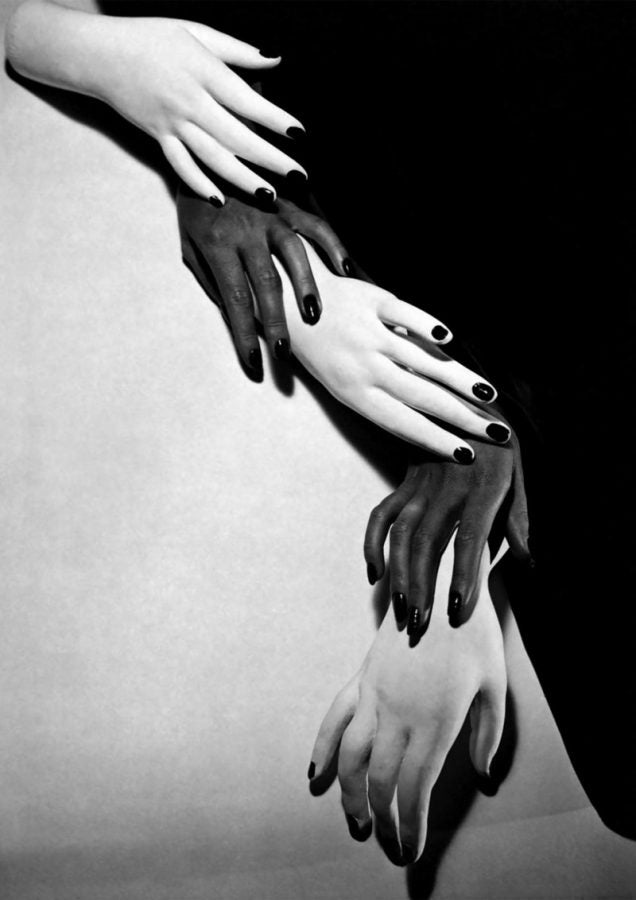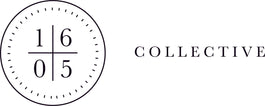Inspiration vs Copying
Inspiration is a powerful force that can drive us to create, innovate and achieve great things. It can come from many sources, including people, nature, art and literature. Without inspiration, many of the world's greatest inventions, works of art and scientific breakthroughs would never have happened.
But inspiration can be a tricky thing. While it is essential for creativity and innovation, there is a fine line between being inspired by someone or something and simply copying it. It is important to understand the difference between the two to ensure that our creations are authentic and not just imitations of someone else's work.
When we are inspired by something, we take an idea or concept and make it our own. We build on it, adding our own unique perspective and creativity to create something new and original. In contrast, when we simply copy something, we replicate it without any original thought or innovation. This can be considered plagiarism and is generally frowned upon.

Staying inspired
One way to ensure that we are inspired rather than copying is to use inspiration as a starting point rather than a blueprint. For example, if we are inspired by a particular painting, we can use it as a basis for our own artwork, but add our own unique style and interpretation. In this way, we are using the original work as a source of inspiration rather than simply copying it.
It is also important to be aware of our intentions when creating. If our aim is to create something that is completely original and unique, we must make a conscious effort not to be too influenced by other people's work. On the other hand, if we are creating something for a specific purpose, such as a tribute or homage, it is acceptable to draw inspiration from other works and incorporate elements of them into our own creations.
In conclusion, inspiration is an essential part of creativity and innovation. It is important to use it wisely and not to cross the line into copying. By understanding the difference between inspiration and copying, we can create authentic and original work that is a true reflection of our own unique perspectives and creativity.

1605 Collective Inspiration
Artists and photographers such as Masao Yamamoto, Alfred Eisenstaedt, Miho Kajioka, Frauke Eigen, Florence Henri, Karl Blossfeldt, Lucien Clergue, Friederike von Rauch and Horst P. Horst are examples of individuals who have found inspiration from a variety of sources and used it to create their own unique work. Each has developed their own style and technique, often drawing inspiration from nature, other artists or historical events.
The delicate and ethereal photographs of Masao Yamamoto, for example, often feature images from nature, such as trees, birds and insects. Alfred Eisenstaedt, a pioneer of photojournalism, captured iconic images of important historical moments, such as the sailor kissing the nurse in Times Square on V-J Day. Miho Kajioka uses photography to explore memory and the passage of time. Frauke Eigen creates intricate and abstract compositions using natural materials such as feathers and leaves. Florence Henri was known for her experimental photography, using mirrors and other reflective surfaces to create surreal images. Karl Blossfeldt's highly detailed photographs of plants and flowers have inspired generations of photographers and artists. Lucien Clergue's photographs often explore themes of sensuality and the human form. Friederike von Rauch's minimalist images of architecture are renowned for their stark beauty and use of light and shadow. Finally, Horst P. Horst was a fashion photographer who created some of the most iconic images of the 20th century, often with elegant and timeless compositions that continue to inspire photographers today.

Horst P. Horst
In each case, the artists drew inspiration from different sources, but used it to create their own unique works that have stood the test of time. Their work continues to inspire and influence artists and photographers around the world, demonstrating the importance of inspiration in the creative process.
